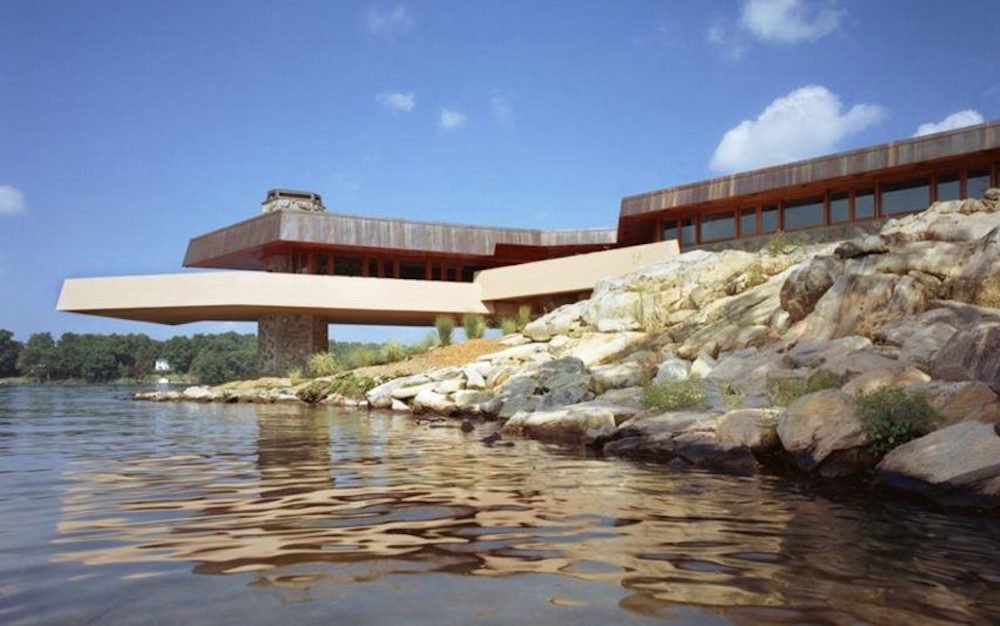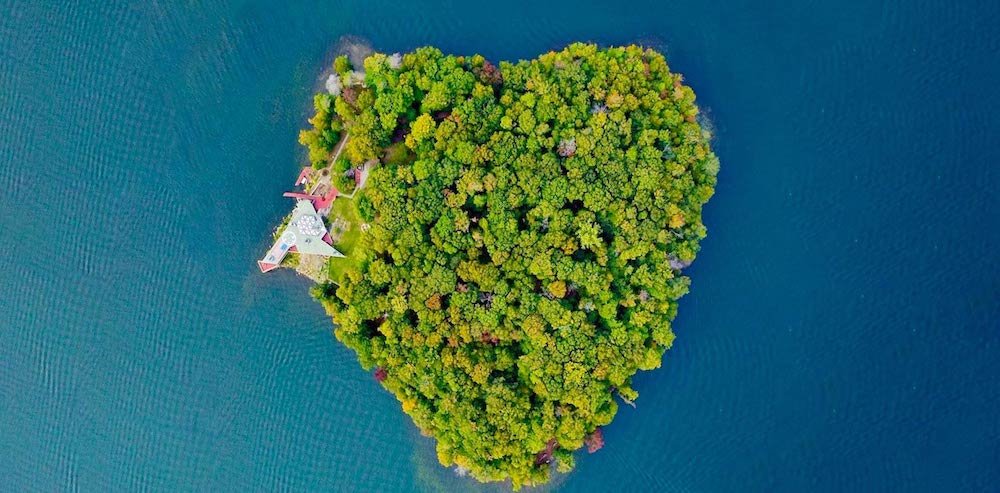
Petra Island stands as a testament to natural beauty and human ingenuity, nestled amidst the serene waters of Petra Island in Lake Mahopac, New York.
This remarkable landmass holds immense significance for historians, architects, and nature enthusiasts alike, drawing visitors from far and wide to its enchanting shores.
Petra Island, often dubbed as a hidden gem of the Hudson Valley, boasts a rich tapestry of history, culture, and architectural marvels.
Its allure extends beyond its picturesque landscapes, encapsulating a blend of natural wonders and man-made splendor.
Revered for its tranquil ambiance and awe-inspiring vistas, Petra Island serves as a beacon of exploration and discovery.
Situated amidst the picturesque Lake Mahopac, Petra Island occupies a prime position within the heart of New York’s Putnam County.
Accessible by boat, this secluded sanctuary offers a sanctuary for those seeking respite from the hustle and bustle of urban life.
Notable features include its rugged coastline, lush vegetation, and panoramic views that captivate the imagination of all who set foot upon its shores.
History of Petra Island
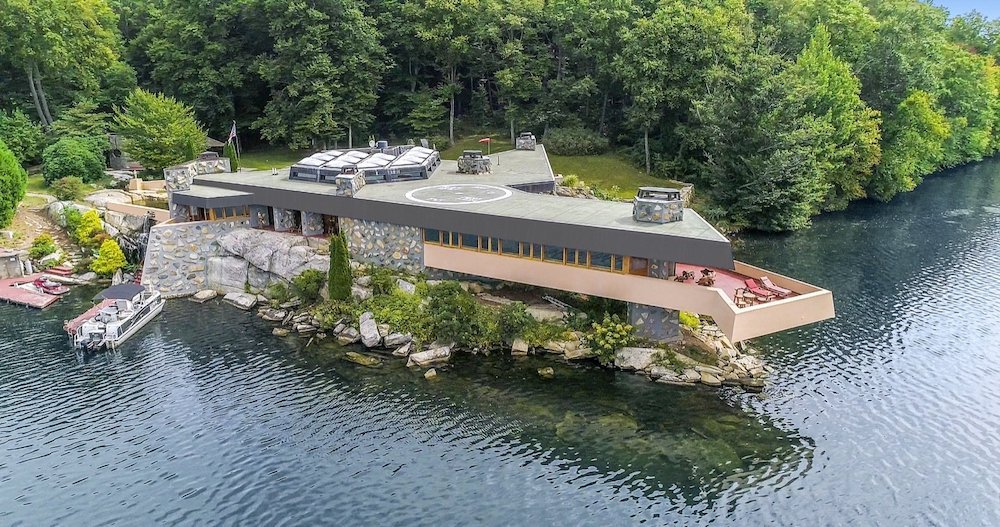
Petra Island’s history is as captivating as its scenic beauty, spanning centuries of human endeavor and natural evolution.
Delving into its past unveils a tapestry of tales, from ancient origins to modern-day marvels.
The origins of Petra Island trace back to ancient times, shrouded in the mists of prehistory.
Evidence suggests that indigenous peoples once inhabited these lands, leaving behind traces of their presence in the form of artifacts and cultural remnants.
Over time, Petra Island evolved into a hub of activity, serving as a vital nexus for trade, exploration, and cultural exchange.
Throughout its storied past, Petra Island has played host to a myriad of historical events and figures, each leaving an indelible mark on its landscape.
From encounters with early explorers to interactions with indigenous tribes, the island’s history is replete with tales of adventure, discovery, and conquest.
Notable figures such as explorers, settlers, and visionaries have all contributed to Petra Island’s rich tapestry of history, shaping its destiny and leaving behind a legacy that endures to this day.
The evolution of Petra Island is a testament to the resilience of nature and the enduring spirit of human innovation.
Over the centuries, the island has witnessed dramatic transformations, from natural geological processes to the imprint of human civilization.
From humble beginnings as a pristine wilderness to its current incarnation as a haven for travelers and adventurers, Petra Island continues to evolve, adapting to the changing tides of time while retaining its timeless allure.
The landscape of Petra Island has undergone significant transformations, shaped by both natural forces and human intervention.
From its rugged terrain to its lush forests and meandering waterways, each facet of the island’s geography tells a story of adaptation and resilience.
Over time, Petra Island has evolved into a symbol of harmony between humanity and the natural world, offering a sanctuary for reflection, exploration, and appreciation of its rich heritage.
The architectural endeavors on Petra Island, notably the influence of Frank Lloyd Wright, have added layers to its historical narrative.
The integration of innovative design principles and sustainable practices has further enhanced the island’s cultural significance, transforming it into a living testament to the power of human creativity and ingenuity.
Cultural Significance
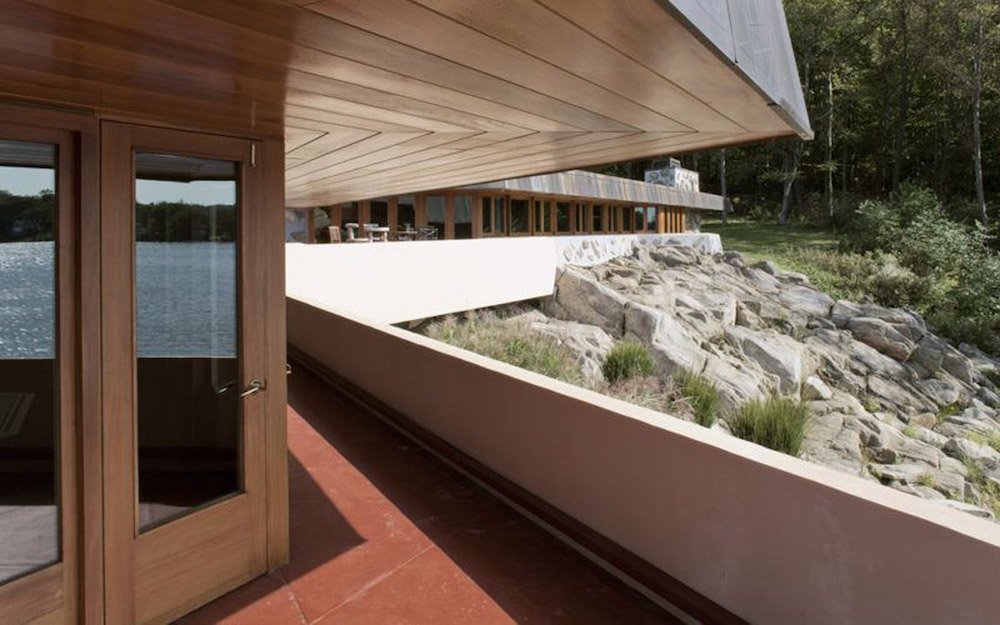
Petra Island’s cultural significance transcends its natural beauty, weaving a tapestry of stories, traditions, and influences that resonate with visitors and locals alike.
From its portrayal in literature and art to its impact on local communities, the island’s cultural legacy is a testament to its enduring allure.
Petra Island has captured the imagination of writers, artists, and creatives throughout history, inspiring a myriad of literary works, artistic interpretations, and cultural references.
From poetic verses to vivid paintings, the island’s scenic vistas and architectural wonders have served as a muse for countless expressions of creativity and imagination.
Its timeless appeal continues to inspire storytellers and artists to evoke the spirit of Petra Island in their work, ensuring its place in the annals of literature, art, and popular culture.
Petra Island plays a pivotal role in the lives of local communities, serving as a source of livelihood, inspiration, and pride.
The island’s natural beauty and historical significance attract visitors from far and wide, bolstering local economies and fostering cultural exchange.
From guided tours to artisanal markets, Petra Island’s impact on tourism enriches the fabric of the surrounding communities, creating opportunities for engagement and collaboration among residents and visitors alike.
The history of Petra Island is deeply intertwined with the stories of indigenous cultures and historical figures who have shaped its destiny.
From the earliest inhabitants to the settlers and explorers who traversed its shores, the island bears witness to a tapestry of human endeavor and resilience.
Indigenous cultures have left an indelible mark on Petra Island’s landscape, with traces of their presence evident in archaeological sites, cultural artifacts, and oral traditions that endure to this day.
Exploring the island’s historical significance offers insights into the diverse tapestry of cultures and civilizations that have called Petra Island home, enriching our understanding of its cultural heritage and historical legacy.
Architectural Marvel: Frank Lloyd Wright’s Influence

Petra Island stands as a testament to architectural innovation and artistic vision, with its most notable feature being the influence of the legendary architect Frank Lloyd Wright.
Wright’s vision and design principles have left an indelible mark on the island’s landscape, transforming it into a masterpiece of modern architecture.
Frank Lloyd Wright, renowned as one of the most influential architects of the 20th century, was a pioneer of organic architecture and innovative design.
His visionary approach to architecture emphasized harmony with nature, integration of the built environment with its surroundings, and a focus on functionality and simplicity.
Wright’s prolific career spanned decades, leaving behind a legacy of iconic structures that continue to inspire architects and admirers around the world.
Petra Island held a special place in Frank Lloyd Wright’s heart, serving as a canvas for his architectural vision and creative genius.
Inspired by the island’s natural beauty and serene surroundings, Wright envisioned a harmonious integration of architecture and landscape, where buildings would seamlessly blend with their environment.
His designs for Petra Island reflected his philosophy of organic architecture, with an emphasis on clean lines, geometric forms, and the use of natural materials to create spaces that evoke a sense of tranquility and serenity.
The architectural features and design elements of the structures on Petra Island are a testament to Frank Lloyd Wright’s ingenuity and vision.
From the iconic main residence to the guest cottage and boat house, each building exemplifies Wright’s signature style, characterized by cantilevered roofs, open floor plans, and expansive windows that frame breathtaking views of the surrounding landscape.
The use of local materials such as stone, wood, and glass further enhances the connection between indoor and outdoor spaces, blurring the boundaries between the built environment and nature.
The Main Attractions
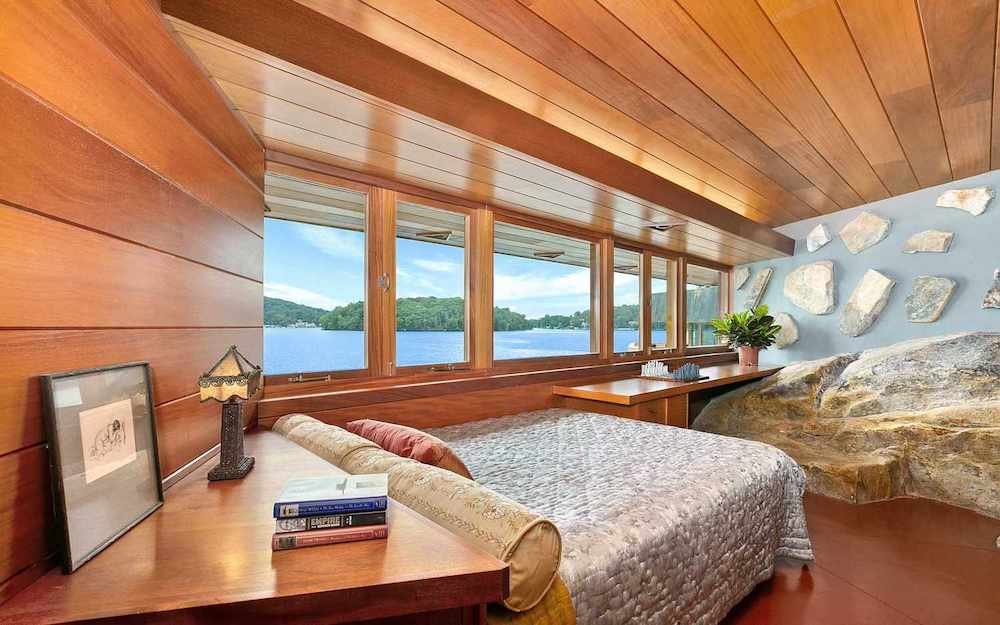
Petra Island is a treasure trove of natural beauty and cultural significance, offering visitors a myriad of attractions and landmarks to explore.
From scenic vistas to architectural wonders, the island beckons adventurers to uncover its hidden gems and timeless treasures.
Petra Island boasts a wealth of notable attractions and landmarks that showcase its diverse beauty and historical legacy.
From the iconic main residence designed by Frank Lloyd Wright to the tranquil shores of Lake Mahopac, each destination offers a unique glimpse into the island’s enchanting landscape.
Other highlights include secluded hiking trails, picturesque beaches, and breathtaking viewpoints that provide panoramic vistas of the surrounding countryside.
Whether exploring architectural marvels or immersing oneself in nature, Petra Island offers something for every traveler to discover and enjoy.
Visitor Information and Accessibility
Visiting Petra Island is a memorable experience that requires careful planning and consideration.
While the island’s remote location adds to its allure, it also presents challenges in terms of accessibility.
Visitors can access Petra Island via boat or ferry, with docking facilities available for private vessels.
It is essential to check local regulations and guidelines regarding boat access and docking fees before planning your visit.
Additionally, visitors should be prepared for outdoor activities and dress accordingly, as weather conditions on the island can vary throughout the year.
Exploring Petra Island is made easier with the availability of guided tours and activities that cater to a variety of interests and preferences.
Guided tours offer insights into the island’s rich history, architectural heritage, and natural wonders, providing visitors with a deeper understanding of its cultural significance.
Outdoor enthusiasts can partake in hiking, kayaking, and birdwatching excursions, while history buffs can delve into the island’s past through interpretive exhibits and guided walks.
With options for both guided and self-guided exploration, Petra Island ensures a memorable and enriching experience for visitors of all ages.
Conservation Efforts and Environmental Impact
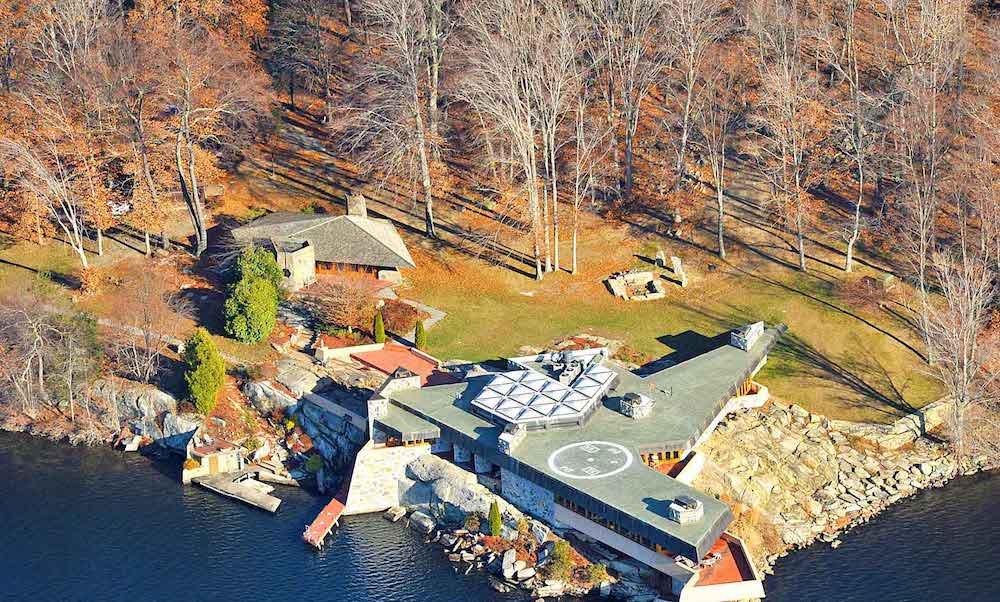
Preserving the natural and cultural heritage of Petra Island is paramount to ensuring its continued beauty and significance for future generations.
Through a commitment to conservation and sustainable practices, efforts are underway to protect and safeguard the island’s pristine landscapes and rich cultural legacy.
Numerous initiatives have been implemented to safeguard the natural and cultural heritage of Petra Island.
Conservation organizations, local authorities, and community groups collaborate to develop comprehensive conservation plans and management strategies aimed at preserving the island’s unique ecosystems and historical sites.
These initiatives include habitat restoration projects, archaeological surveys, and educational programs designed to raise awareness and promote stewardship among visitors and residents alike.
Despite ongoing conservation efforts, Petra Island faces environmental challenges that threaten its fragile ecosystems and cultural resources.
These challenges include habitat loss, invasive species, pollution, and climate change, which pose significant risks to the island’s biodiversity and ecological balance.
Rising sea levels and extreme weather events also exacerbate erosion and coastal degradation, further compromising the island’s resilience to environmental stressors.
Addressing these challenges requires collective action and a commitment to implementing sustainable solutions that mitigate the impacts of human activity and preserve Petra Island’s natural beauty for future generations.
Promoting sustainable tourism practices is essential to minimizing the environmental footprint of visitors and ensuring the long-term viability of Petra Island as a destination.
Responsible tourism guidelines advocate for low-impact recreational activities, waste reduction measures, and respect for natural and cultural resources.
Visitors are encouraged to practice Leave No Trace principles, dispose of waste properly, and minimize disturbance to wildlife and sensitive habitats.
Additionally, supporting local businesses and cultural initiatives fosters economic sustainability and community engagement, enhancing the overall visitor experience while contributing to the preservation of Petra Island’s natural and cultural heritage.
Future Prospects and Developments
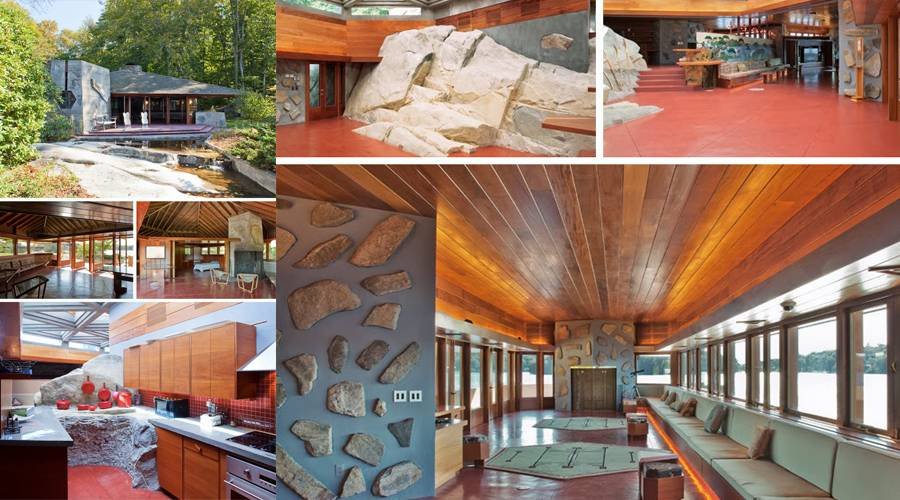
As Petra Island continues to captivate the imagination of travelers and enthusiasts from around the world, its future prospects and developments hold the promise of continued growth, sustainability, and cultural relevance.
With a steadfast commitment to preservation and innovation, the island is poised to embark on a journey of discovery and transformation in the years to come.
The future of Petra Island is ripe with potential developments and projects aimed at enhancing its infrastructure, amenities, and visitor experiences.
Proposals for eco-friendly accommodations, interpretive centers, and recreational facilities seek to strike a balance between modern conveniences and the island’s natural beauty, while preserving its pristine landscapes and historical landmarks.
Collaborative efforts between public and private stakeholders pave the way for responsible development that honors the island’s heritage and fosters sustainable growth for future generations to enjoy.
Sustainability and preservation efforts lie at the heart of Petra Island’s long-term vision for the future.
Through proactive conservation measures, habitat restoration projects, and community engagement initiatives, the island strives to maintain ecological balance and protect its fragile ecosystems from the impacts of climate change and human activity.
Sustainable practices such as renewable energy sources, waste management strategies, and eco-tourism initiatives ensure that Petra Island remains a model of environmental stewardship and resilience in the face of evolving challenges.
The forecast for tourism and cultural relevance on Petra Island remains bright, with projections indicating continued growth and diversification in the years ahead.
As awareness of the island’s unique attractions and historical significance spreads, visitor numbers are expected to rise, contributing to economic prosperity and cultural exchange within the local community.
Enhanced visitor experiences, expanded amenities, and curated events and festivals serve to enrich the island’s cultural landscape and foster connections between visitors, residents, and cultural institutions.
By embracing innovation and embracing the spirit of exploration, Petra Island is poised to remain a beacon of inspiration and discovery for generations to come.
Conclusion
As we draw to a close our exploration of Petra Island, we reflect upon its profound significance and timeless allure.
From its breathtaking landscapes to its rich cultural heritage, the island stands as a testament to the beauty of nature and the ingenuity of human creativity.
Petra Island’s significance lies not only in its picturesque landscapes and architectural marvels but also in the stories and memories it holds.
From the iconic designs of Frank Lloyd Wright to the tranquil shores of Lake Mahopac, each facet of the island’s beauty and charm leaves an indelible mark on those who venture to its shores.
Its rich history, cultural diversity, and natural splendor combine to create an experience that is as captivating as it is unforgettable.

FAQ’s About Petra Island:
Who owns Petra Island New York?
Petra Island, located in Lake Mahopac, New York, is privately owned.
The current owner of Petra Island is Joseph Massaro, a businessman and avid admirer of Frank Lloyd Wright’s architectural designs.
Where is Petra Island?
Petra Island is situated in Lake Mahopac, a picturesque lake in Putnam County, New York.
It is approximately 47 miles north of New York City and is accessible by boat from the mainland.
How much is Petra Island?
The exact value of Petra Island is not publicly disclosed.
The island’s value would depend on various factors such as its size, location, amenities, and the real estate market conditions at the time of valuation.
How do you get to Petra Island?
Access to Petra Island is primarily by boat.
Visitors can reach the island by private boat, kayak, or through guided tours that offer transportation services.
There are docking facilities available for private vessels, allowing visitors to disembark and explore the island’s attractions.
Who built the house on Petra Island?
The house on Petra Island was designed by the renowned American architect Frank Lloyd Wright.
Although Wright designed the plans for the main residence on Petra Island, it was completed posthumously by Joseph Massaro, who meticulously followed Wright’s original designs and vision for the property.
